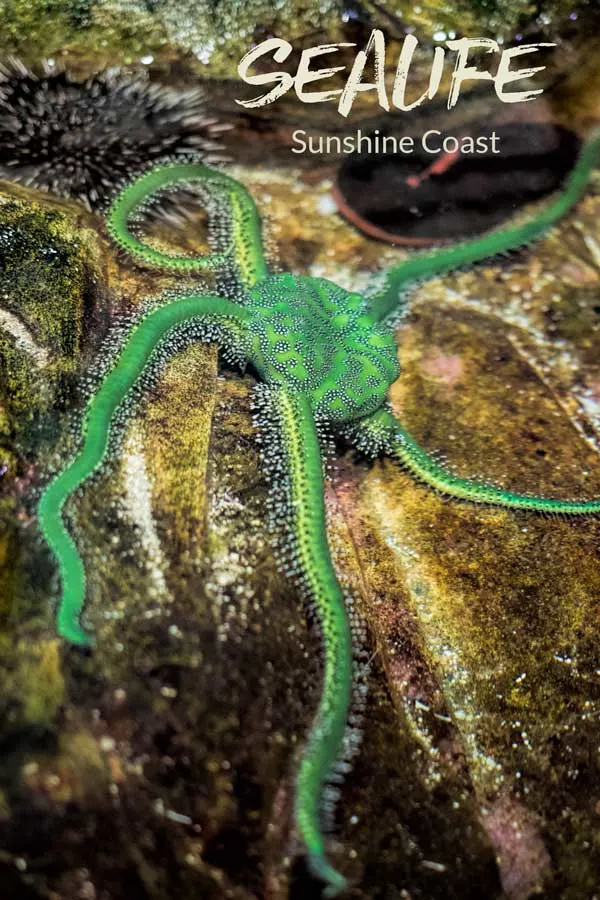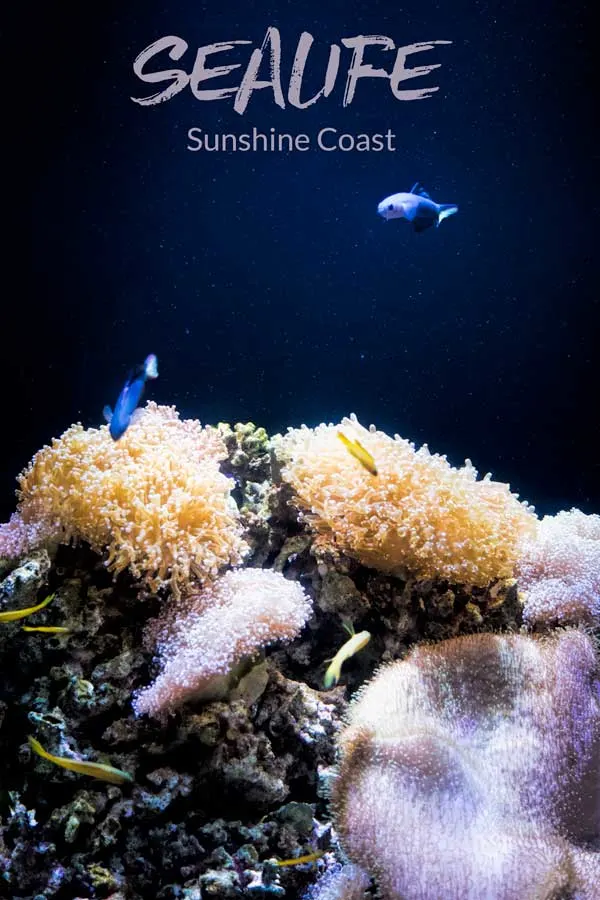While visiting Mooloolaba Beach recently we were invited to visit the aquarium and marine displays at SEA LIFE Sunshine Coast. We hadn’t been for several years so we’re very excited to head back and take a look around again.
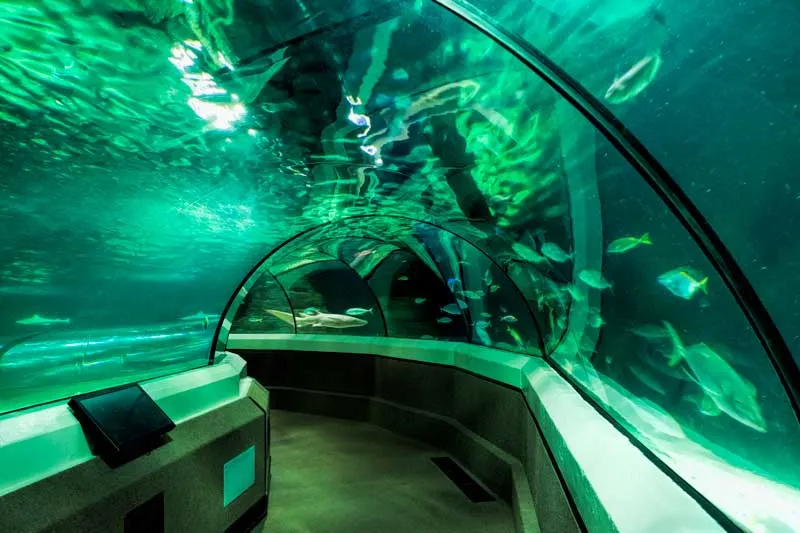
The aquarium is a labyrinth of display tanks and exhibits arranged by logical regions. You’ll find sections such as the Tidal Touch Pool, Seahorse Sanctuary, the Billabong and Jellyfish Kingdom.
You start off in the section containing the tank of rays and small sharks. The tidal touch pool is also in this area and is staffed by one of the team members who have an excellent knowledge of marine life. The shark eggs, sea slugs and all manner of starfish do raise plenty of questions so if you’re anything like us you’ll find yourself camped out here chatting for quite a while. It’s also possible to touch a few of the animals like the slug and starfish under supervision so the kids all seemed to love this part.
The next section is the seahorse sanctuary. I’ve had a fascination with seahorses and their near relations, a type of fish known as sea dragons for a long time. This display had me captivated for ages. They are so elegant and graceful to watch but they’re a challenge to photograph with a handheld camera as they’re constantly moving, they just don’t seem to stop. This is the best I’ve managed to capture but there’s also some footage in the video clip above to give an idea of how delicate and intriguing these little dragons are.
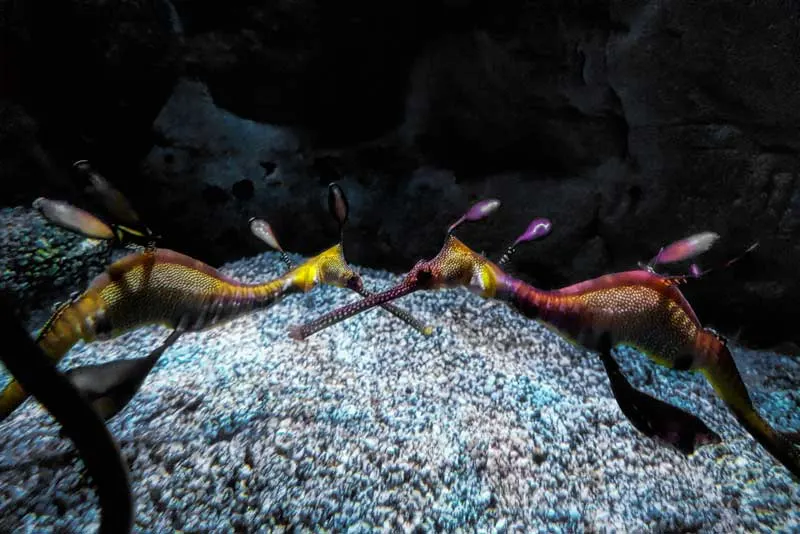
Near here you’ll also find the display of corals and anemones that have a natural florescent colour in them when viewed in blue light. The colour is completely natural but you won’t see it with the naked eye in sunlight so when marine photographers photograph them they use a special filter. In the aquarium, the blue light is part of the display and you can see all of their vibrancy.
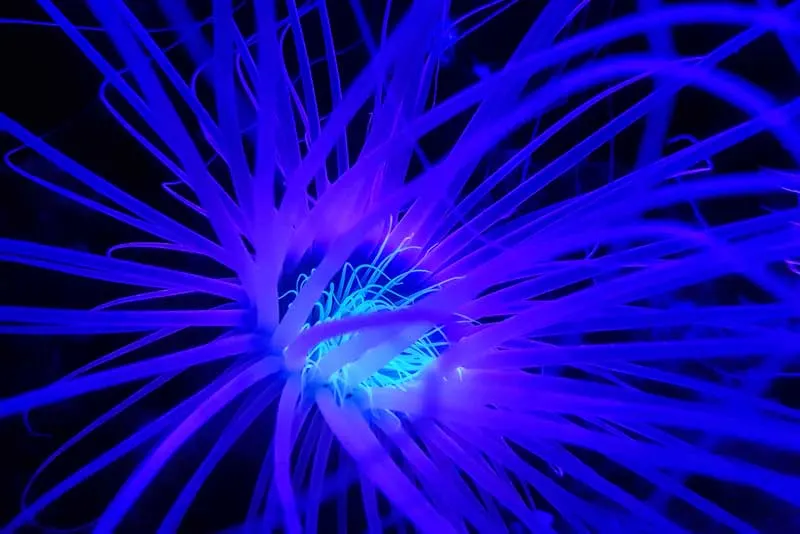
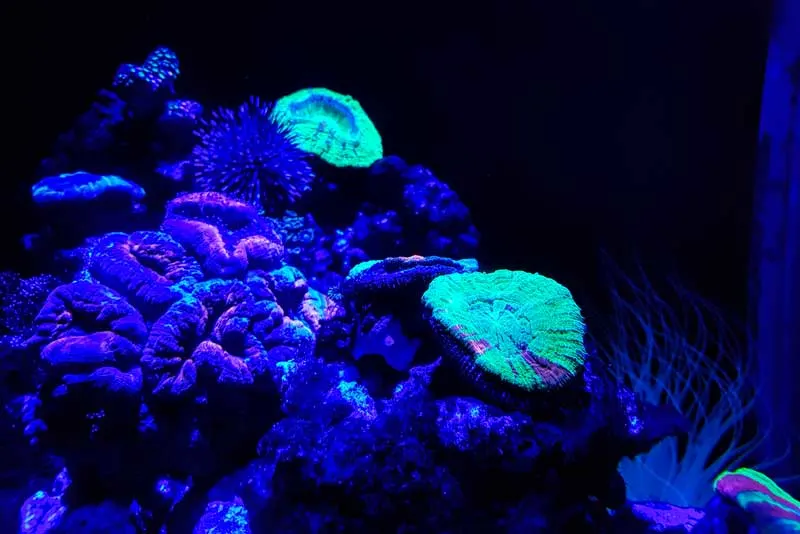
Another popular area is the ocean tunnels. In this section you walk through an extensive perspex tunnel with fish, sharks and large rays swimming all around and above you. The massive grouper and potato cod, two bottom-dwelling fish found in Queensland waters were an impressive size making the smaller sharks look positively petite. It really is quite a sight and was interesting to have also seen the area from above in the behind the scenes tour. You can see the tunnel in the photo at the top of the page.
Throughout the day there are shows, feeding and talks about the different marine animals so be sure to check the timetable you’re given when you arrive to make sure you are in the right place at the right time. The one we were sure we didn’t want to miss was the seal show which is on twice a day at 11.00 am and 2.15 pm. The team have good information to share as well as being very entertaining for the younger audience. I always learn something new at these sessions.
There are two areas to watch the seals from during the day. The above water outdoor area is where the seal show takes place but you can watch the seals from here at any time during the day. Although this part is outside the seals have shade cloth to protect them from the harsh Queensland sun and the audience seating is under cover. Once the show is over and you’ve watched the seals from above make sure you head downstairs to view them from the underwater viewing windows too. They are so graceful and playful when they’re swimming.
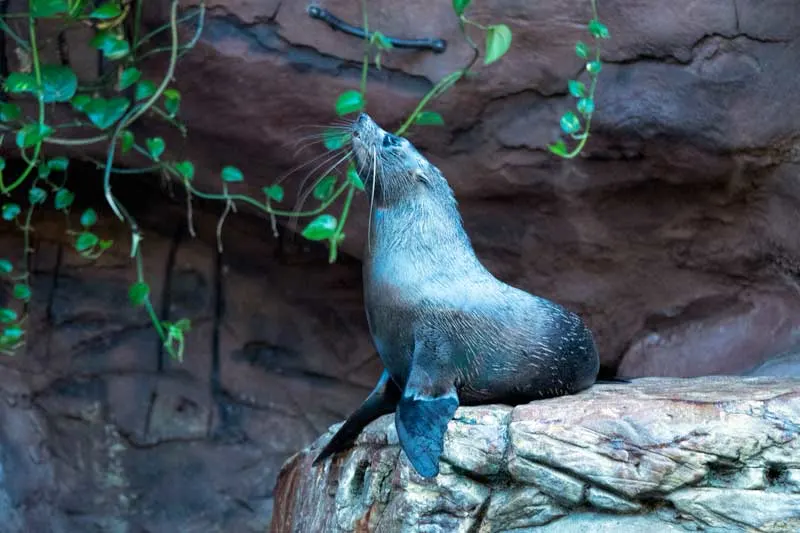
Take a Behind the Scenes Tour
During our visit we had the opportunity to join a behind the scenes tour. They’re small group tours and there were only 5 of us in our group so we could ask all the questions we wanted to. All credit to our knowledgeable guide Lidia who shared so much interesting information. We learned all sorts of information from how the filtration process works to why they can breed Moon Jellyfish so successfully. She also took us along to see the ocean tunnel from above and pointed out many of the species so we could recognise them later when we walked through the tunnels.
For me, the most interesting part was their turtle hospital facilities. SEA LIFE Sunshine Coast takes its role in the conservation of marine turtles seriously providing rescue and rehabilitation for injured turtles.
While it’s wonderful to know that someone is working to repair the damage and release these beautiful creatures back into nature it’s sad that many of the injuries are preventable. The two most common being plastic bags and boat propellers.
Plastic bags are a convenience we have come to accept as normal in our everyday life in Australia but sadly if these are allowed to blow into the water or wash in through the storm water system, they look just like a turtles favourite food, a jellyfish! If swallowed they block the turtles digestive system and if no aid is available they die a horrible death from starvation.
Fortunately, there was only one turtle in the hospital while we were there and she was over the worst and rebuilding her strength in the recovery tank ready for her release back into the sea near where she was found.
The good news is that there are simple things we can all do to help.
- Where possible say NO to plastic bags. Reusable cloth bags are easily available and every plastic bag saved is helping the environment. Plastic is processed to a point where it can never break down fully. While it breaks into smaller pieces it continues to pose a threat, just to a different part of the food chain or in a different way.
- If you do use plastic bags try to recycle to get maximum use and ensure they are disposed of carefully when you’re done with them.
- If you plan to spend much time around the Australian beaches and coastline you can program 1300 ANIMAL into your phone contacts list in case you ever need it. If you see a turtle (or other native animal) injured or in distress the RSPCA staff on the line will be able to identify and send the appropriate rescue team to assist.
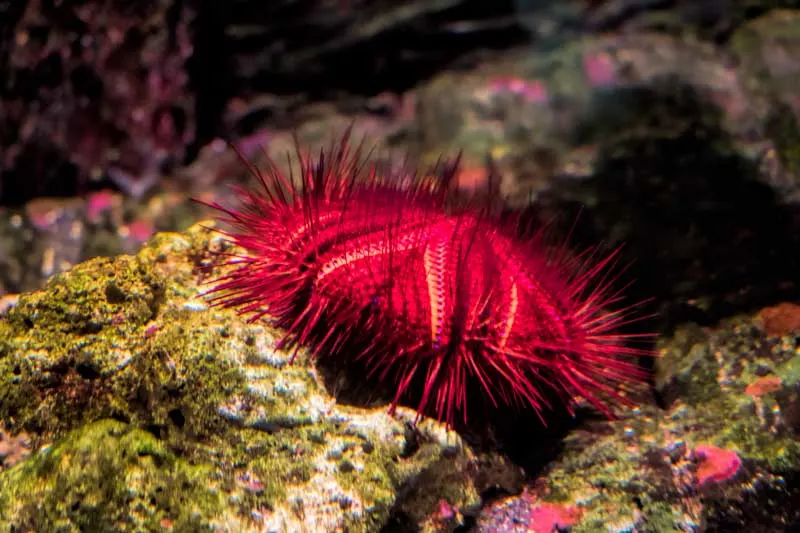
SEA LIFE Sunshine Coast Visitor Information
Location
Parkyn Parade, Mooloolaba, QLD, 4557
If you’re driving there’s a large free car park and additional free street parking nearby. Just watch that the street parks immediate outside are limited to 2 hours but you only need to go a few metres down the road to get into unlimited parking.
Mooloolaba is one of our favourite Sunshine Coast beaches, you can read more about what there is to do here and other neighbouring beaches by clicking the link.
Hours
- 9 am until 5 pm daily
- Last entry is at 4 pm
- Closed Christmas Day
Ticket Prices
Tickets can be purchased at the ticket desk on arrival or pre-purchased at a discount online from the SEA LIFE website.
If you found this article useful please consider saving it to Pinterest. It makes it easy for you to find it again, it helps us, and it helps other travellers to find the information they are looking for.
